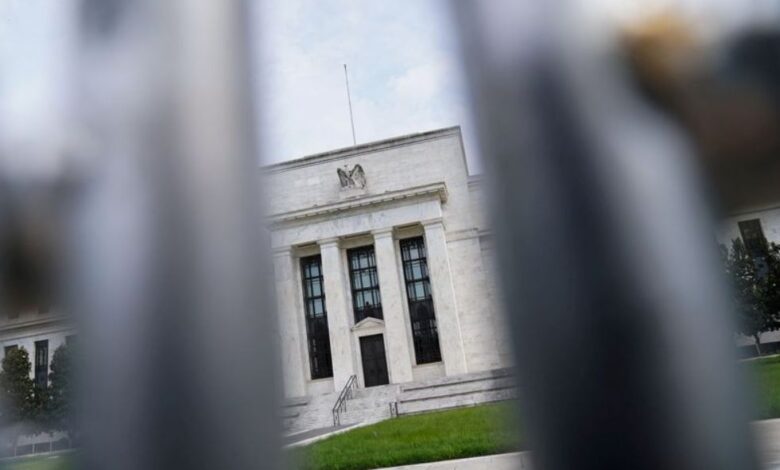Will June kickstart a season of falling inflation for the Fed?

WASHINGTON (Reuters) – A whole year has passed since U.S. inflation reached its peak, igniting a dramatic shift in monetary policy. Now, Federal Reserve officials are hopeful that a new chapter is about to unfold—a chapter marked by encouraging discussions on policy, backed by a series of data indicating a renewed decline in key price indicators.
On Wednesday morning, the consumer price index data for June will be released. Economists surveyed by Reuters predict a 3.1% rise in prices compared to the previous year. This would represent a significant drop from the annual inflation rate of 4% recorded in May and the staggering 9% seen in June 2022—the highest in four decades.
Another measure of underlying inflation, which excludes items tied to global commodity markets like energy and food, is expected to show a more modest decrease, falling from a 5.3% pace to 5%.
Economists and some Fed officials are becoming more confident that the long-awaited decline in “core” inflation—the steady and essential inflation measure—may finally commence with the release of June’s report. They anticipate this downward trend to continue over the next few months.
According to Omair Sharif of Inflation Insights, “The June data is likely the leading edge of a string of softer core inflation prints over the next several months.” Various factors, including decreasing used car prices, signs of diminishing demand in the service sector, predictions of slower airfare increases, and other elements, are converging to ease the pressure on U.S. prices.
It’s important to note that even a month of positive inflation news won’t deter the Fed from its anticipated quarter-point rate increase at the upcoming July 25-26 meeting.
The central bank maintains a 2% inflation target, as measured by the separate Personal Consumption Expenditures price index. A closely monitored version of this index, excluding volatile food and energy prices, has remained around 4.6% since December.
To be confident that inflation is under control and moving steadily toward its target, Fed officials have stressed the necessity of witnessing consistent declines in these figures.
Now, let’s consider recent data, which has been somewhat mixed. While overall job growth has slowed, wage increases remain robust—a situation that some officials fear could fuel future inflation. On the other hand, recent surveys of small businesses indicate an improved mood and economic resilience, but they also reveal an increasing number of business owners planning to raise prices.
Fortunately, public expectations about inflation have remained stable. A study released this week by the Cleveland Federal Reserve’s Center for Inflation Research revealed that the long-term outlook for inflation is “anchored near the Federal Reserve’s 2% target.” This finding is generally shared by Fed policymakers, who consider any rise in public inflation expectations as a risk that inflation itself may accelerate.
Moreover, the calendar seems to be favoring the Fed. The worst months for inflation are no longer factored into the calculations of annual price increases, and recent data indicating weaker housing rents will become more prominent in the overall numbers.
Globally, supply pressures continue to improve, and recent online price data suggests a decline in goods prices. Adobe, a software and analytics firm, maintains a measure of prices for goods purchased online. According to their data, prices fell by 2.6% in June—the largest drop since May 2020. Notably, appliance prices dropped by 8.3%, and electronics prices experienced a 12.9% year-on-year decrease.
Fed officials, initially caught off guard by the persistence of inflation, have been cautious about relying solely on positive news. Instead of declaring victory over inflation, they have remained focused on the potential risks of a resurgence, expressing concern about its stubborn nature. Whenever there is doubt, they have been more inclined to consider raising interest rates.
However, recent projections indicate that 13 out of 18 policymakers believe the Fed may be only a quarter or half a percentage point away from completing its cycle of rate hikes. The upcoming inflation data could potentially confirm this belief.
Some individuals even argue that inflation has turned to such a degree that further rate hikes may be unnecessary.
In a recent statement, Atlanta Federal Reserve President Raphael Bostic expressed his belief that the Fed now “has momentum” in its fight against inflation, suggesting that further rate increases may not be required. Bostic emphasized that the underlying data tells a very positive story, and upcoming information might serve to reinforce this view.





